ANÁLISE DE PARÂMETROS MICROBIOLÓGICOS DAS DESCARGAS DE ÁGUAS PLUVIAIS DO RIO BELÉM NA REGIÃO DO CÂMPUS DA PUCPR – ANO II DO MONITORAMENTO
INTRODUCTION: Water quality is crucial for public health and environmental balance. Despite Curitiba’s ecological image, the Belém River, which runs through the city and the PUCPR campus, suffers from severe microbiological pollution. This problem is worsened by the irregular discharge of domestic sewage and waste into its basin, one of the most densely populated in the city. The presence of total and thermotolerant coliforms, combined with the growing bacterial resistance to antibiotics, poses an alarming risk of waterborne diseases. AIMS: The aim of this study was to periodically assess the microbiological quality of stormwater discharges into the Belém River, in the PUCPR area, focusing on identifying sewage contamination and bacterial resistance profiles, thereby contributing data to support sanitation actions. MATERIALS AND METHODS: The study area covered 937 meters of the Belém River surrounding the campus. Samples of stormwater and river water were collected from strategic points after dry periods. Laboratory analyses detected and quantified total and thermotolerant coliforms using the multiple-tube method described by FUNASA. In addition, antibiotic susceptibility tests (Kirby-Bauer) were applied to thermotolerant coliform isolates, using predictive antimicrobials from relevant classes according to EUCAST protocols. Field inspections also compared the actual discharge points with official maps. RESULTS: Inspections revealed discrepancies between the official mapping and the discharge points found in the field. Microbiological analyses confirmed high contamination by total and thermotolerant coliforms in all samples from both the discharge points and the Belém River, indicating the presence of sanitary sewage. Notably, the number of coliforms in the Belém River was consistently higher than in the discharge points from the PUCPR campus, suggesting that most of the microbiological contamination originates upstream from the campus; thus, PUCPR’s discharges are not the main source of the river’s pollution. Susceptibility tests revealed significantly higher bacterial resistance to antibiotics in certain discharge points and, notably, in the Belém River itself, indicating a likely human origin for the bacterial isolates. FINAL CONSIDERATIONS: Monitoring confirmed the severe pollution of the Belém River by sanitary sewage and the alarming presence of antibiotic-resistant bacteria. The data obtained are relevant for municipal authorities and sanitation companies, as they indicate that most pollution sources are external to the campus. The study reinforces the need for continuous monitoring and deeper investigation into contamination sources to support effective decisions and actions aimed at environmental recovery and public health protection.
KEYWORDS: Belém River; Coliforms; Thermotolerant coliforms; Antimicrobial resistance; Water quality.
Para validarmos seu voto, por favor, preencha os campos abaixo. Alertamos que votos duplicados ou com CPF inválido não serão considerados.




